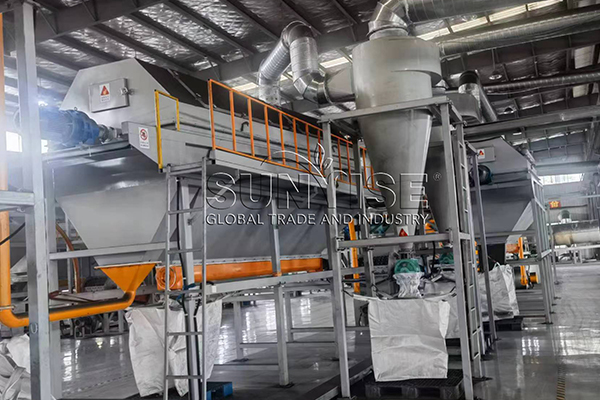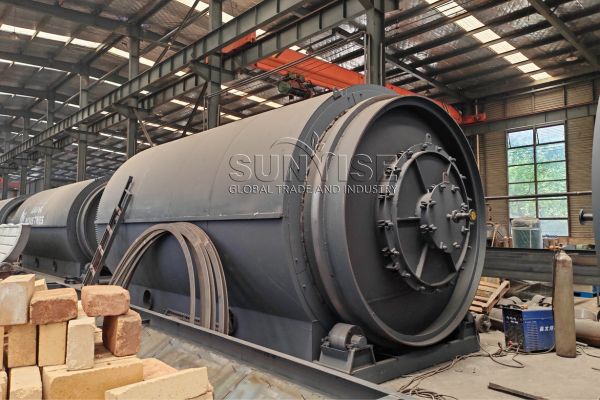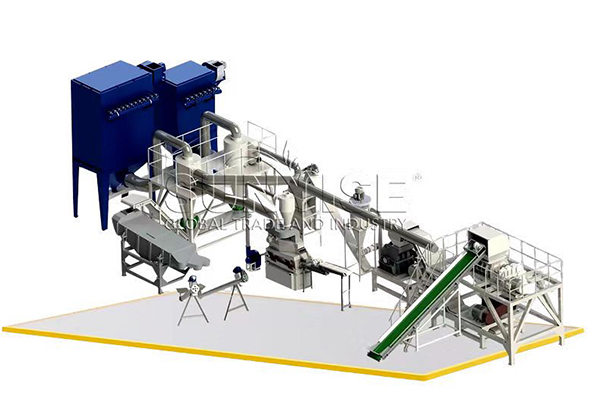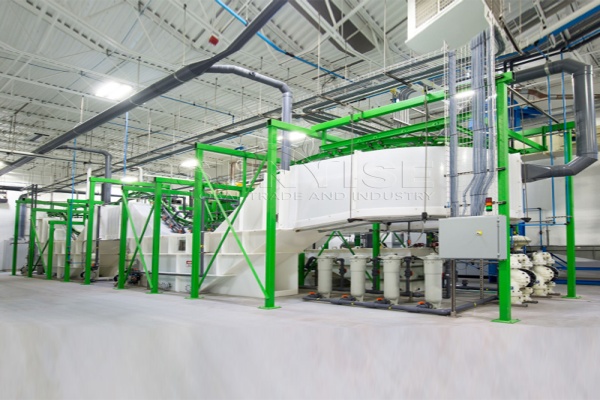India, with its vast population and booming automotive industry, generates an enormous quantity of waste tyres daily. As the environmental concerns related to improper tyre disposal mount, the need for efficient and large-scale tyre pyrolysis plants has become crucial. In this article, we will explore the significance, working mechanisms, and benefits of 100-ton daily capacity tyre pyrolysis plants in India.
The Growing Tyre Waste Problem in India
The automotive revolution in India has led to a staggering increase in the number of vehicles on the roads. Consequently, the volume of waste tyres discarded every day is reaching alarming levels. These waste tyres, if left unattended, pose multiple threats. They take up significant landfill space, which is already scarce in many urban areas. Moreover, when tyres are dumped in the open or burnt haphazardly, they release toxic fumes and pollutants into the air, soil, and water, endangering public health and the environment. For instance, the release of sulfur dioxide, nitrogen oxides, and heavy metals during uncontrolled burning can cause respiratory problems and contaminate agricultural land.
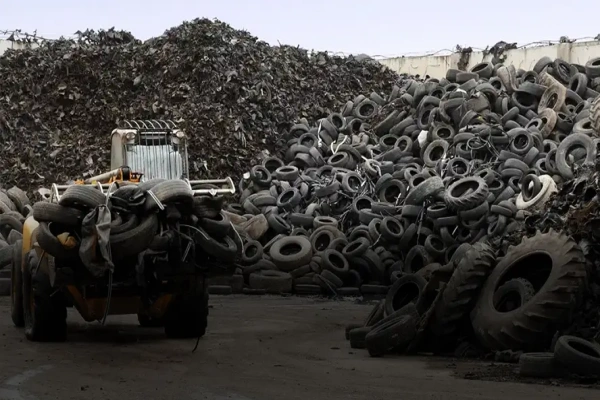
How Does a 100-ton Daily Capacity Tyre Pyrolysis Plant Work?
Feeding System
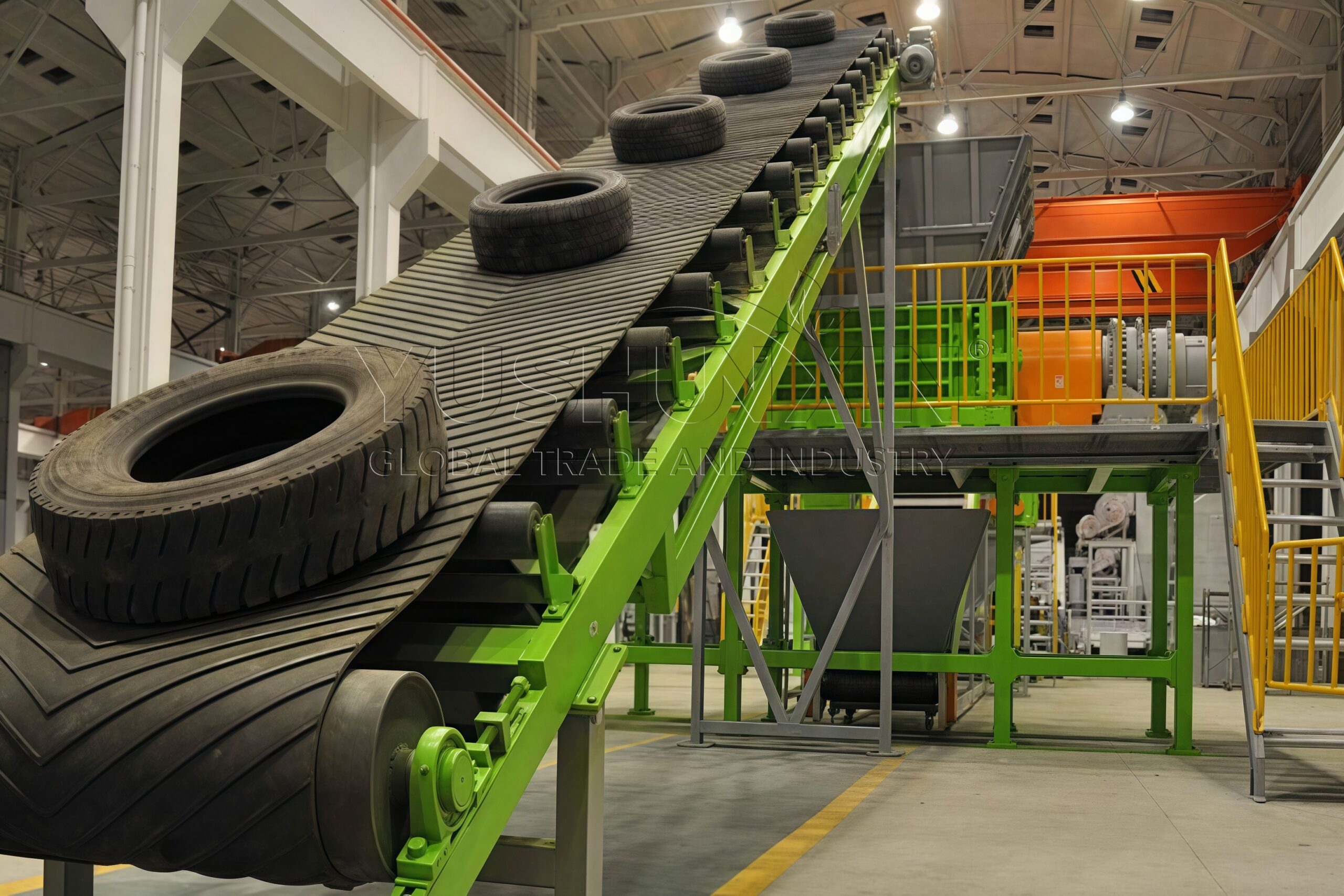
The process begins with a robust and automated feeding system. This system is designed to handle the large volume of waste tyres efficiently. It typically consists of conveyor belts and mechanical grippers. The conveyor belts transport the tyres from the storage area to the pyrolysis reactor. Gripperid tagavad rehvide sujuva ja pideva voolu reaktorisse, mis tahes ummistuste ärahoidmine. 100-tonnise igapäevase võimsuse tehase jaoks, Söötmiskiirus ja täpsus kalibreeritakse vastavalt suure läbilaskevõime nõuetele.
Pürolüüsireaktor
Taime süda on pürolüüsireaktor. Siin, Jäätrehve allutatakse protsessile, mida nimetatakse pürolüüsiks, mis esineb hapniku puudumisel kõrgel temperatuuril, tavaliselt ulatudes 400 kuni 600 ° C. Sees pürolüüsi ahi, Rehvide keerulised keemilised sidemed lagunevad, muutes need kolmeks peamiseks tooteks: pürolüüsiõli, süsinik, ja põletav gaas. Reaktor on konstrueeritud täiustatud isolatsiooni- ja kütteelementidega, et säilitada kogu protsessi vältel ühtlane temperatuur. See tagab rehvide täieliku lagunemise ja maksimeerib väärtuslike toodete saagis.
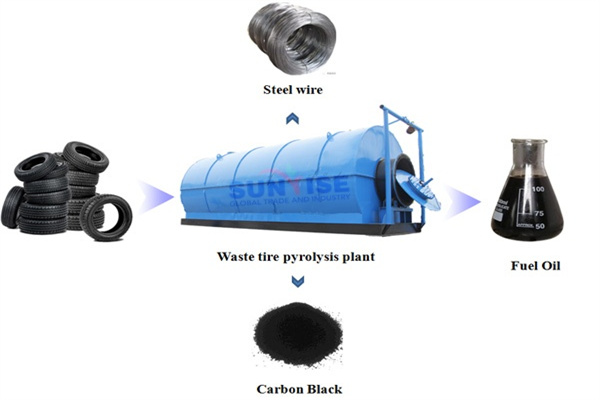
Condensation System
As the pyrolysis process generates hot gases, these gases are immediately directed to the condensation system. The condensation system consists of a series of heat exchangers and cooling towers. The hot gases pass through the heat exchangers, where they are cooled down rapidly. This cooling causes the gaseous components to condense into liquid form, which is the pyrolysis oil. The oil is then collected and stored in dedicated tanks. The quality and purity of the pürolüüsiõli can vary depending on the efficiency of the condensation system, and for a large-scale plant, strict quality control measures are implemented to ensure its marketability.
Gas Purification and Utilization System
The combustible gas produced during pyrolysis is not wasted. Esmalt läbib see gaasipuhastussüsteemi, et eemaldada kõik lisandid nagu väävel ja tahkete osakesed. Kui pärast puhastamist, Märkimisväärne osa sellest gaasist taaskasutatakse tagasi pürolüüsireaktorisse, et saada vajalik kuumus, vähendades taime üldist energiatarbimist. Ülejäänud gaasi saab kasutada tehase muu lisavarustuse toiteks või mõnel juhul isegi kütuseallikana müüa, aidates kaasa operatsiooni majanduslikule elujõulisusele.
Süsiniku must taastumine ja töötlemine
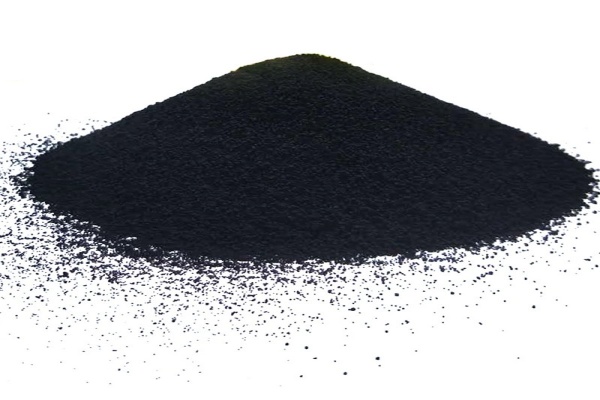
Rehvide pürolüüsist saadud süsinik must on veel üks väärtuslik kõrvalsaadus. See eraldatakse teistest reaktoris olevatest tahketest jääkidest ja seejärel läbib edasist töötlemist. See hõlmab lihvimist, sõelumine, and sometimes chemical treatment to improve its quality and make it suitable for various industrial applications. In India, carbon black has a growing market in the rubber, ink, and plastics industries, providing an additional revenue stream for the tyre pyrolysis plants.
Benefits of 100-ton Daily Capacity Tyre Pyrolysis Plants
100-ton daily capacity tyre pyrolysis plants in India hold great promise for addressing the waste tyre problem, protecting the environment, and driving economic development. While there are challenges to overcome, with proper planning, investment, and collaboration, these plants can become a cornerstone of India’s sustainable waste management and circular economy initiatives. As the country continues to grow and urbanize, the importance of such innovative waste treatment solutions will only increase. Feel free to contact us if you want to know the price of tire recycling machines.
Võtke meiega ühendust


